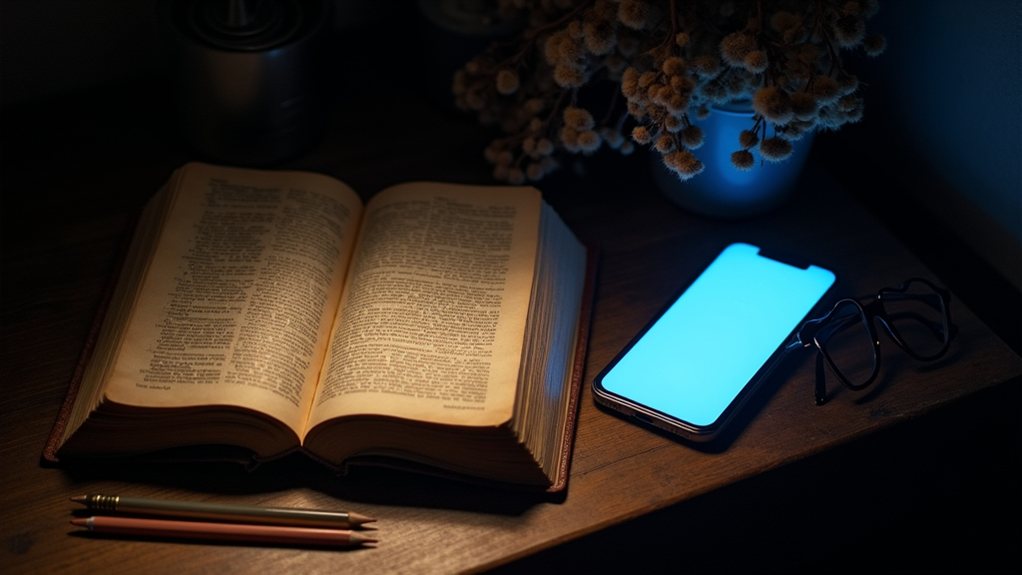Claude AI’s decision not to dabble in visual tasks is like Batman sticking to Gotham—bold and focused. By mastering the art of words, Claude transforms everyday text into literary magic. This specialization aligns with AI trends favoring expertise over mediocrity. Claude’s conversational skills, partnered with other AIs, are akin to superheroes teaming up—everyone plays to their strengths. Stick around if you’re curious about how this strategy changes the AI game.
Claude AI might not hold a paintbrush or churn out the digital equivalent of a Picasso anytime soon, but that’s precisely its secret sauce for AI’s evolving landscape. Sure, Claude AI can’t whip up dazzling graphics or even a half-decent stick figure, but that’s no reason to sweat. Its talent lies in transforming the drab world of words – *and it excels at it*. Imagine a painter who can’t draw but can craft sonnets like Shakespeare. That’s Claude for you.
A wordsmith par excellence, Claude transforms mundane text into literary gold.
Why is Claude strictly text-based, you ask? It’s all about playing to its strengths. Claude’s creators decided to focus exclusively on natural language processing tasks—leaving the doodling to DALL-E and its kaleidoscope of colors. This decision wasn’t just idle fancy. It highlights a burgeoning trend in AI: rather than stuffing one model with every possible function, create smarter, specialized ones. Claude harnesses Constitutional AI when handling language tasks, committing to be helpful, harmless, and honest. Textual models like Claude dive deep into language—allowing it to do stuff like dialogue creation and nuanced conversation. Ongoing research aims to enhance Claude AI’s conversational abilities and address limitations in real-world knowledge and nuanced language understanding.
You don’t have your mom design your tattoos, so why have a jack-of-all-trades AI fumble your facts? Efficiency is key. By forgoing the visuals, Claude doesn’t splurge resources on drawing, instead cramming more valuable brain cells into that text-slinging noggin. It’s a realistic approach, letting it excel at what matters. The model employs sophisticated vector space models for organizing and understanding complex language data. Behold: wordplay that could charm even the Grinch—no paintbrushes required.
And what if you need both words *and* images? That’s where the superhero team-up begins. Developers are tasked with creating harmonious systems, letting Claude focus on text while its artsy siblings handle visuals. Imagine AI as the Avengers, each with their own specialty—only instead of fighting villains, they’re optimizing your workflow.
Granted, for the user seeking illustrations, Claude is like an eminent librarian: unparalleled with books, not much with brushstrokes. But for conversations or written analyses, it’s a solid partner in crime, minus the getaway vehicle. In the end, the lack of drawing ability does not diminish Claude’s utility; it simply means users adapt—to mix and match from AI’s toolbox of marvels.







